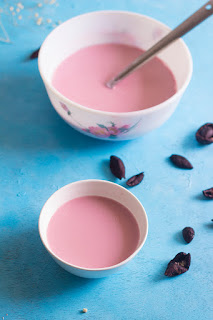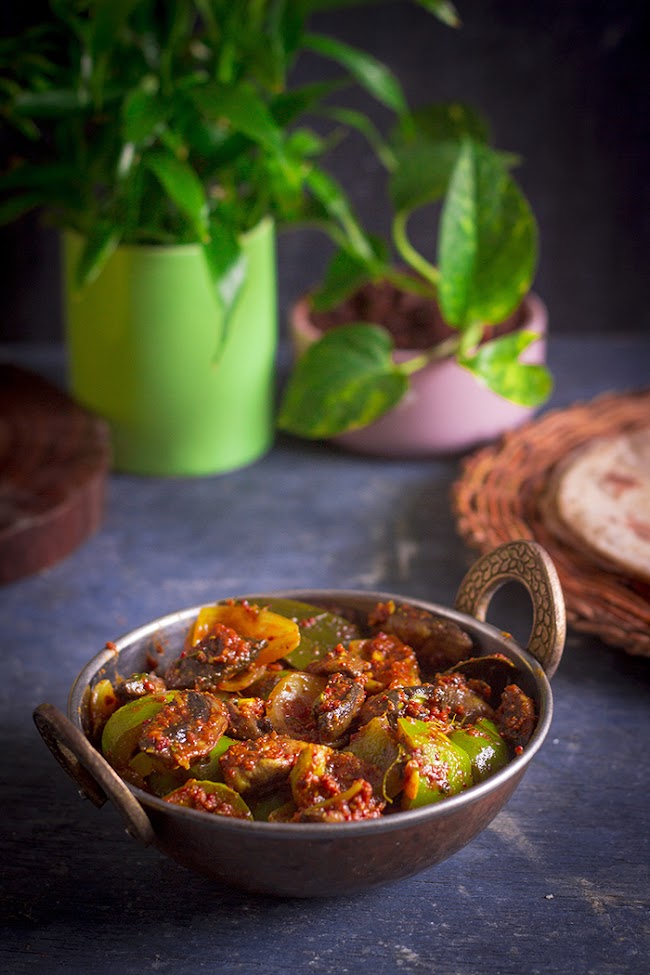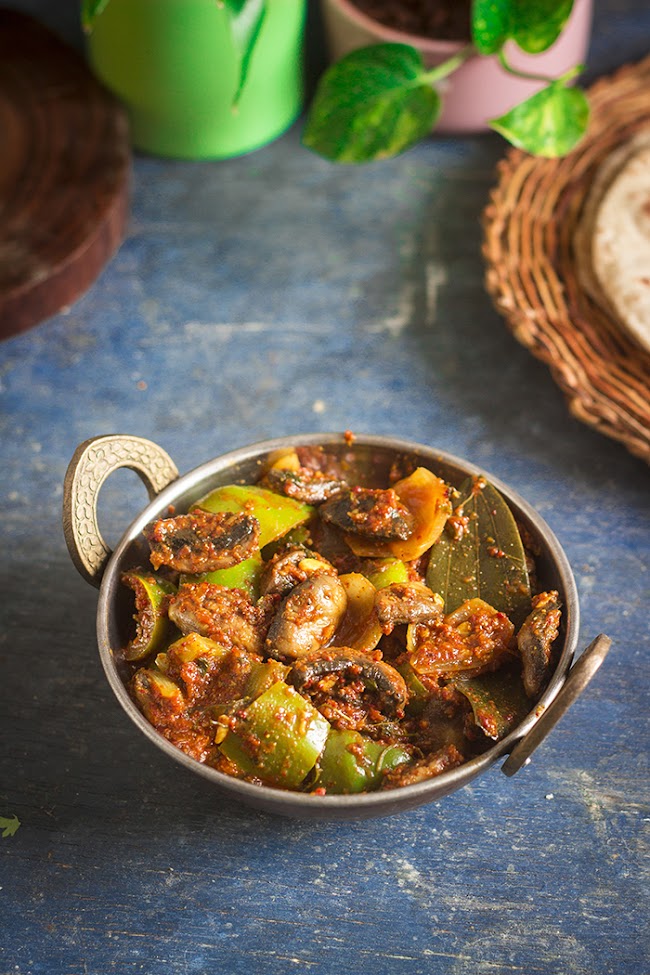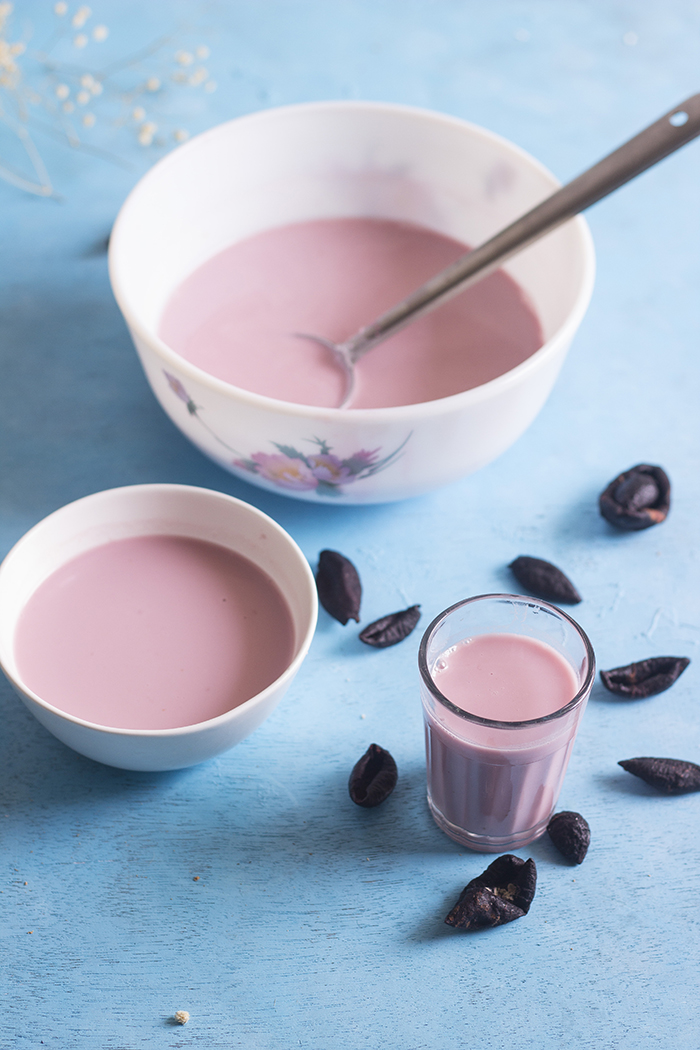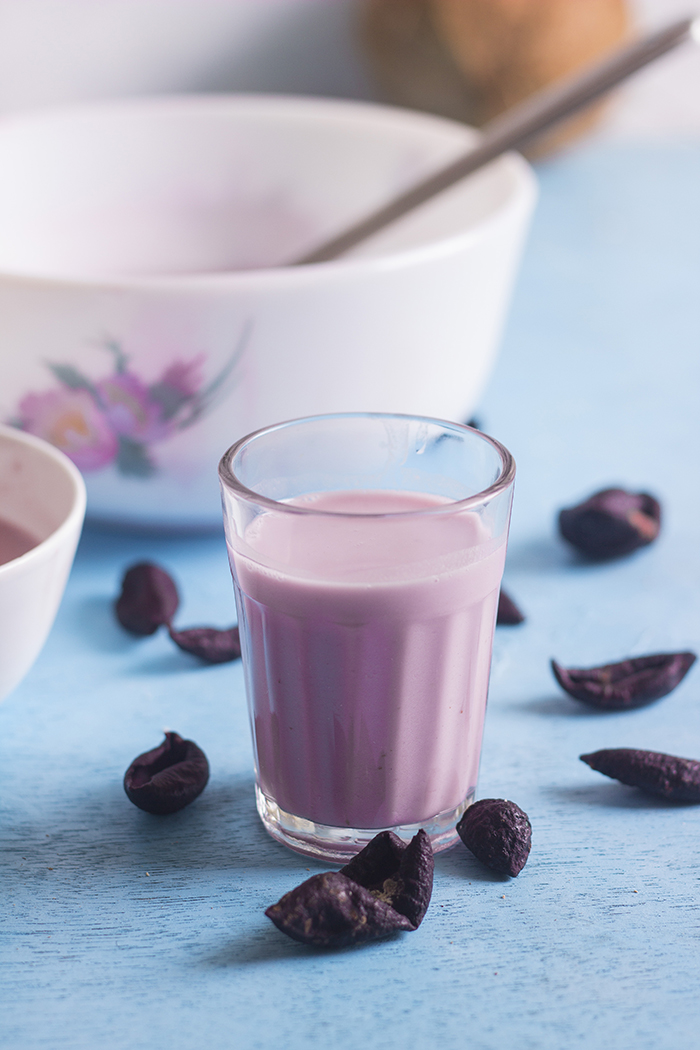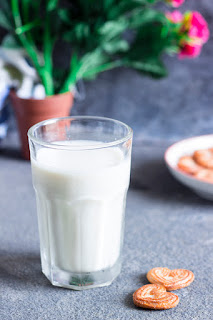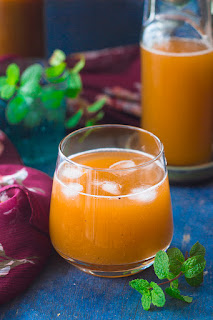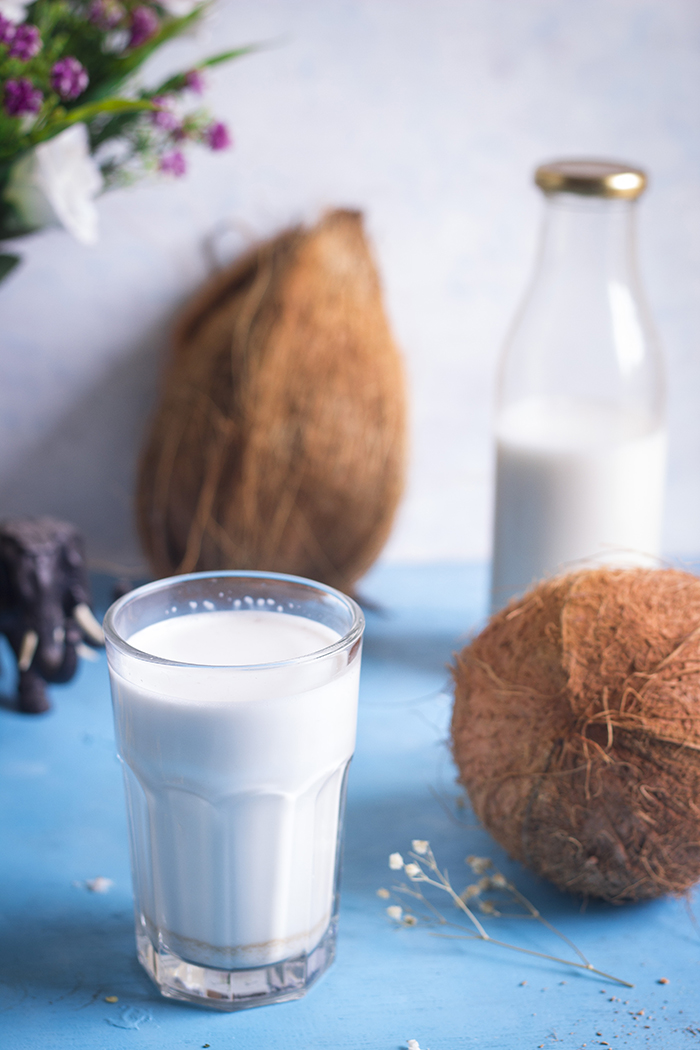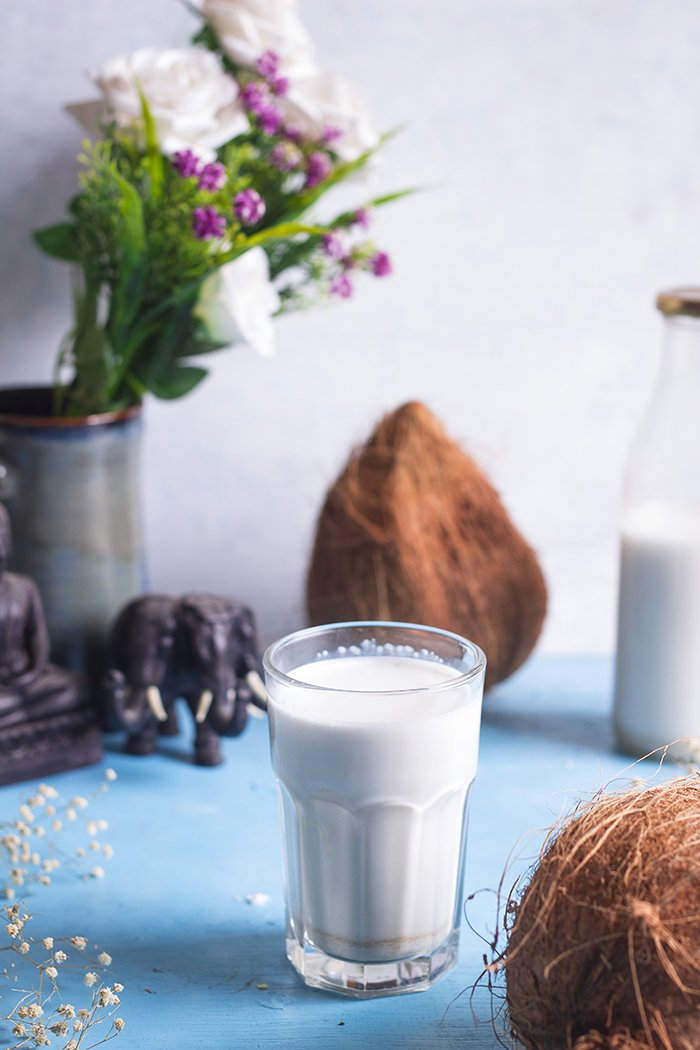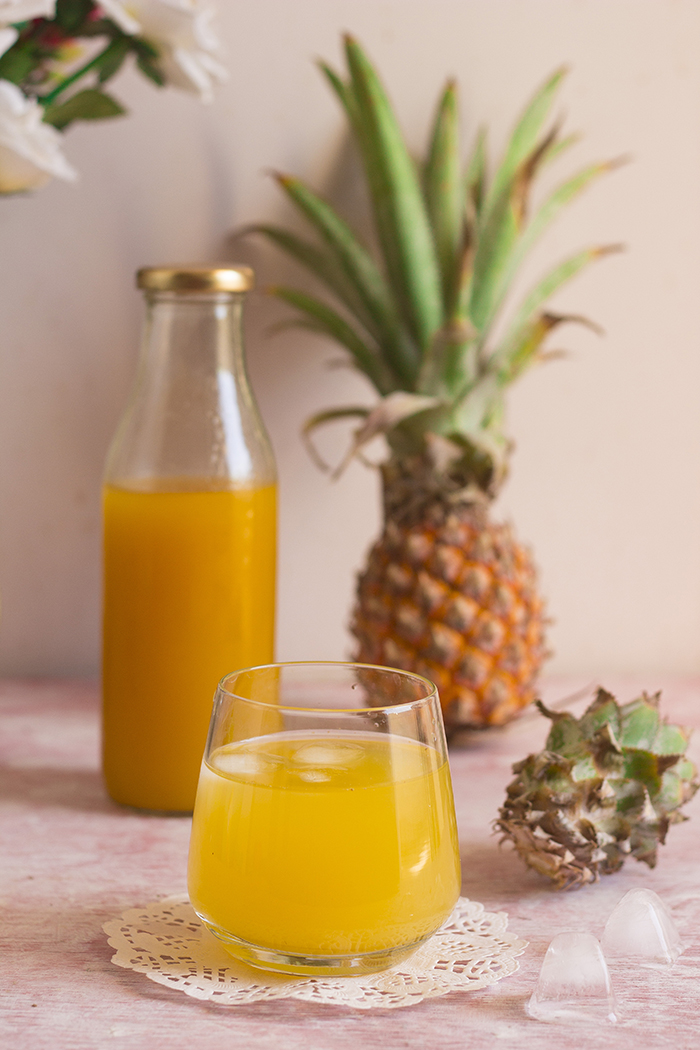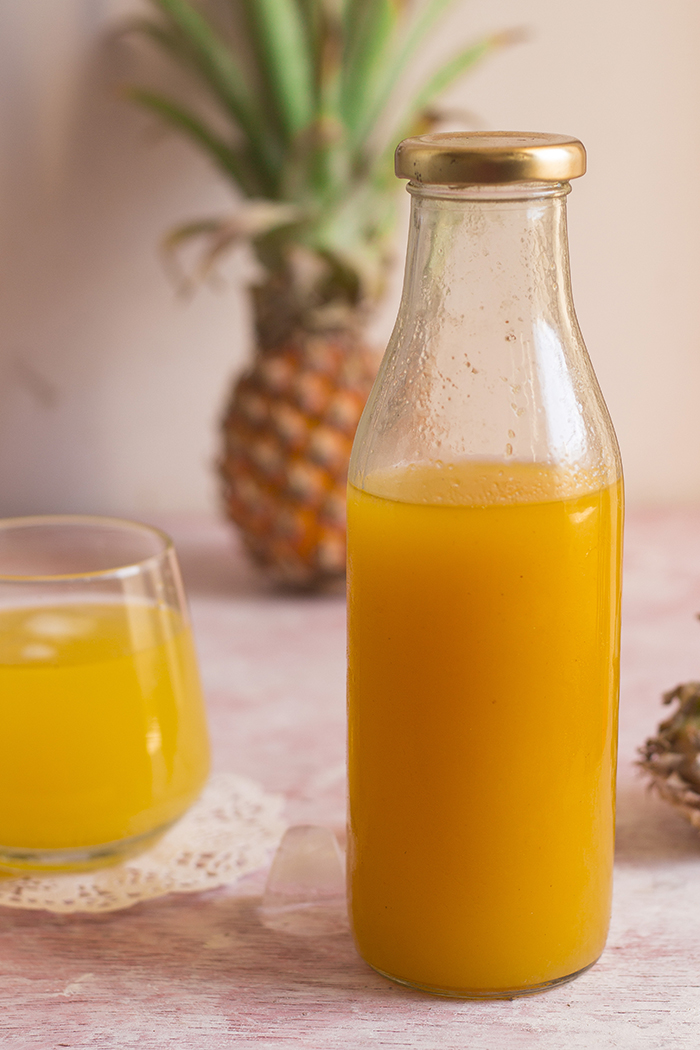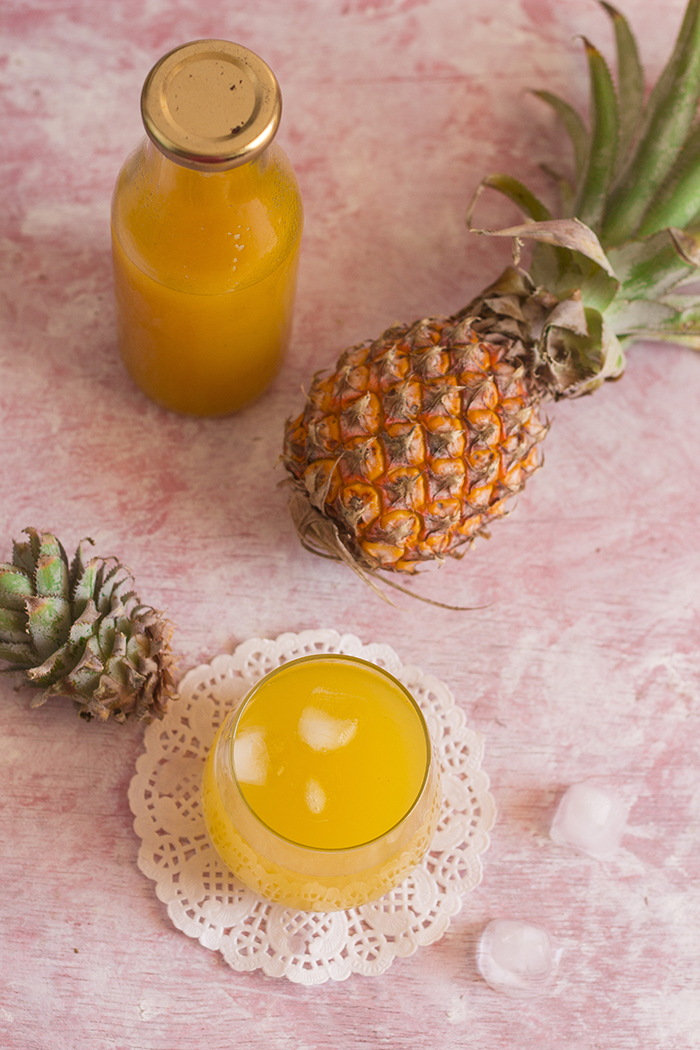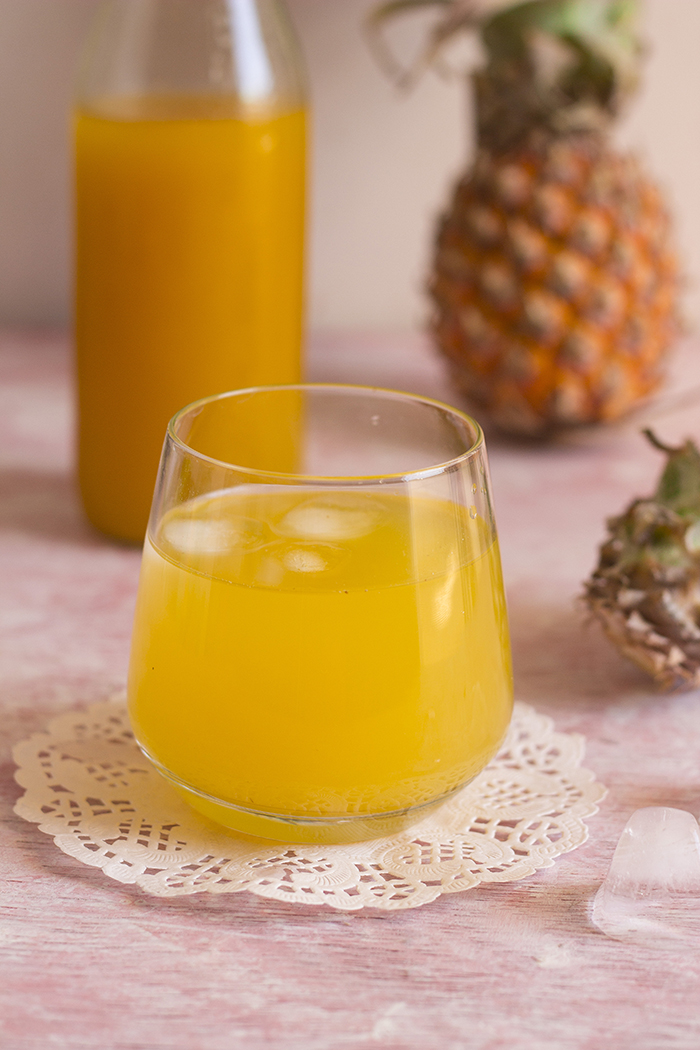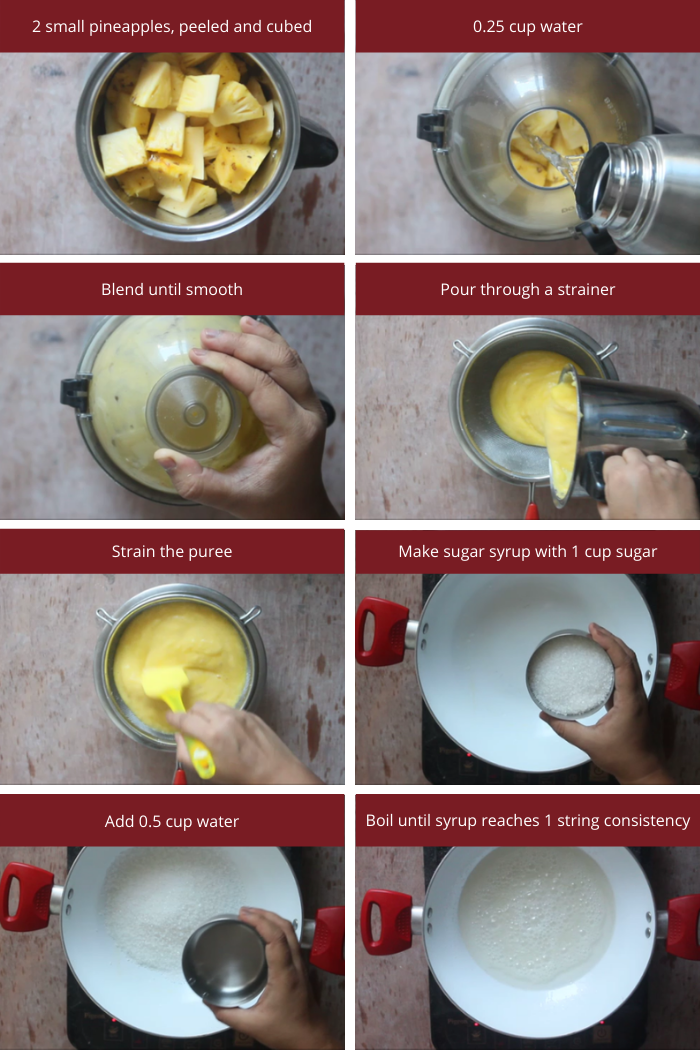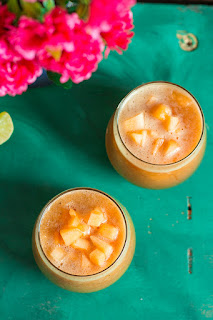Batata Kaap Recipe with step by step video instructions. Batata Kaap or Vangi Kaap are pan fried slices of potato and eggplant (brinjal) that are served as an accompaniment in a Goan vegetarian meal. This Potato Semolina Fry is vegan and suits a plant based diet. Gluten free and Jain diet option available.
In a hurry? Jump to Video or Jump to Recipe
Do you have that one dish, that really simple dish, that you love above all other dishes? That you could alone wipe out an entire plate of, or two? These potato kaap are just that for me. And I'm not partial, I can kinda do that with the brinjal kaap and so many other kaap.
These are my feel good fries. I mean they aren't the healthiest fries out there in the fry world, but they are pan fried and that has to make them at least slightly more healthy, don't you agree?
What are Potato Kaap / Kapa / Fodi / Podi ....
These are really, just delicious bits of heaven. Okay, literally they are just slices of potato and brinjal or eggplant that are tossed in salt, turmeric powder and red chilli powder, dipped in fine semolina or cream of wheat and then pan fried with sufficient oil. These fries are cooked on low to medium heat until the potato or brinjal are soft on the inside aka cooked and the semolina on the outside is crisp (not burnt).
Batata Kaap are a common side to a rice meal in Goa and Maharashtra and in some places along coastal Karnataka. In some regions, they replace the semolina with rice flour, but in Goa, it is mostly rava or semolina. Both versions taste equally good. So if you are looking for a gluten free option, use the rice flour.
Batata or Vangi Kaap are a replacement to fish fry in most Goan households on days when non vegetarian food is avoided, like Mondays.
Vegetables you can use
Generally, high starch veggies work best for kaap. Some of the commonly used vegetables for it:
- Potato
- Brinjal or Eggplant
- Sweet Potato
- Breadfruit
- Raw Banana
And then there are the uncommon ones like
- Okra
- Yam (Requires prior parboiling)
- Ridge gourd
- Cauliflower
- Bitter gourd
Blah blah blah and details....
So... there was a reason I didn't post this earlier, because I thought it was too simple for the blog. I mean there is really no recipe as such, more of guidelines. But then I made this for friends at some time and they kept asking me for the recipe. They would call me up each time they planned to make it and I would be dictating the 3-4 steps to them. I also had the same experience with a few colleagues several years ago. They tried it from my lunch box at work and couldn't get enough of it. So after years of doubting myself, I decided to go ahead and post the recipe, even if it got the least number of views. Just cause I love eating these and I can assure you, once you have eaten one, you really cannot stop eating them. It's almost the Lays ad.
To make these golden beauties, you need nice firm veggies. And you don't have to make a mixed vegetable one, you can make with just one veggie or go wild with the above list and make a mixed plate. Each vegetable is treated differently, be aware.
You can choose to peel the potatoes or not. I personally love potatoes with their skin and hence decided to keep them on. Slice the potatoes and brinjals into round slices. They shouldn't be very thin. I like to keep the thickness around 3 to 5 millimeters (mm). I recommend using at least 1 medium potato per person.
One more tip is regarding the oil. Don't skimp on it. Eat fewer if you want, but use enough oil to cook them. They mostly require 1-1.5 tsp per slice.
Like all fries, they lose their crispness if stored for too long, hence, I recommend making them fresh. However, you can slice in advance and leave the potato and brinjal soaked in room temperature water until you are ready to cook them.
If you made this recipe, let me know! Leave a comment here or on Facebook, tag your tweet with @oneteaspoonlife on Twitter and don't forget to tag your photo @oneteaspoonoflife on Instagram. You can also email me at onetspoflife@gmail.com I'd love to see what you are up to.
If you like this recipe, do not forget to share it with your friends and family!
Video Recipe
--------------------------------------------------------------------------------------------------------------------------
Batata Kaap (Kapa) Recipe | Vangi Kaap Recipe | Potato and Brijal Rava Fry | Batatyache Fodi Recipe
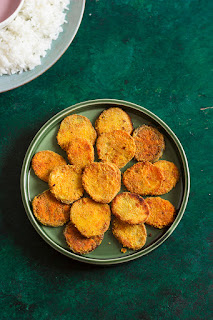 Batata Kaap or Vangi Kaap are pan fried slices of potato and eggplant (brinjal) that are served as an accompaniment in a Goan vegetarian meal. Potato or eggplant are sliced and then spiced with salt, turmeric powder (haldi) and red chilli powder, coated in fine rava (chiroti rava) or cream of wheat or fine semolina and then pan fried on a tava.
Batata Kaap or Vangi Kaap are pan fried slices of potato and eggplant (brinjal) that are served as an accompaniment in a Goan vegetarian meal. Potato or eggplant are sliced and then spiced with salt, turmeric powder (haldi) and red chilli powder, coated in fine rava (chiroti rava) or cream of wheat or fine semolina and then pan fried on a tava.Recipe Type: Side
Cuisine: Goan
Prep Time: 10 minutes
Cook time: 20 minutes
Total time: 30 minutes
Yield: Serves 2
Author: Anupama
Ingredients:
1 medium Potato
1 medium Brinjal (eggplant)
3 Tbsp fine Semolina (chiroti rava)
0.5 tsp Turmeric Powder (Haldi)
1 tsp Red Chilli Powder
Salt to taste
Oil to fry
Method:
1. Wash the potato and brinja thoroughly.
2. Peel the potato if desired. Else the skin can be left on.
3. Slice the potato and brinjal to slices of 3 to 5 mm thickness.
4. Add salt, turmeric powder and red chilli powder and mix well until all slices are coated.
5. Take the semolina in a plate.
6. Dip the slices into the semolina until both sides are coated with a thin layer of semolina.
7. Heat a tava and grease it.
8. Place the slices in one layer on the tava and spoon a little oil on each slice.
9. Once one side is cooked, flip the slice and spoon some more oil on it.
10. Cook until the vegetable is soft and the semolina is crispy.
11. Serve immediately as a accompaniment with Dal Rice or Solkadi Rice.
If you liked this, you may also like:





